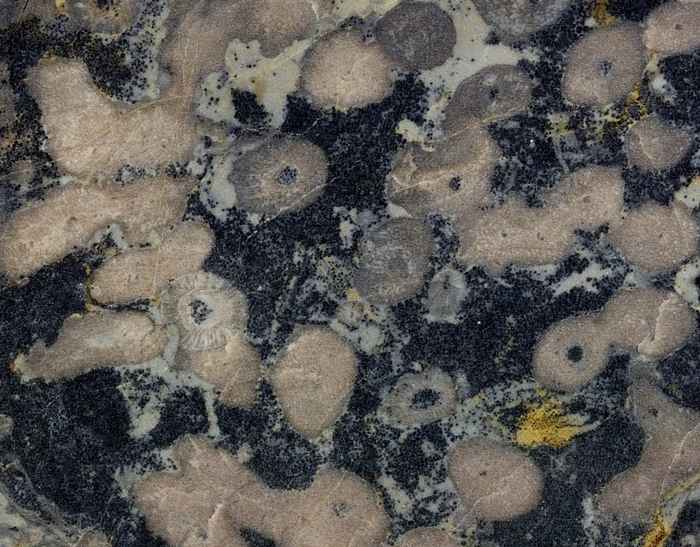Sponge growth forms in an early Cambrian Reef
1 September 2022

The relatively rapid emergence of the main animal groups in the early Cambrian (539-509 million years ago) coincides with the rise of reefs in the oceans. Modern coral reefs are known to act as an ecological framework in which many other organisms can settle and emerge. Modern coral reefs are centers of biodiversity.
Kaandorp working at the Computational Science Lab (CSL) and Manzuk have reconstructed the growth forms of a branching sponge from the fossil reef (fig. 1) in three dimensions and compared these three-dimensional growth forms with 3D reconstructions of modern corals.
This comparison shows that these early Cambrian sponges formed complex branching and stable structures that can withstand and influence the surrounding flow of water. In addition, this comparison provides an important indication that these branching sponges, like the recent reef corals, were photosynthetic.
A paper about this research has been accepted for publication in Geobiology.